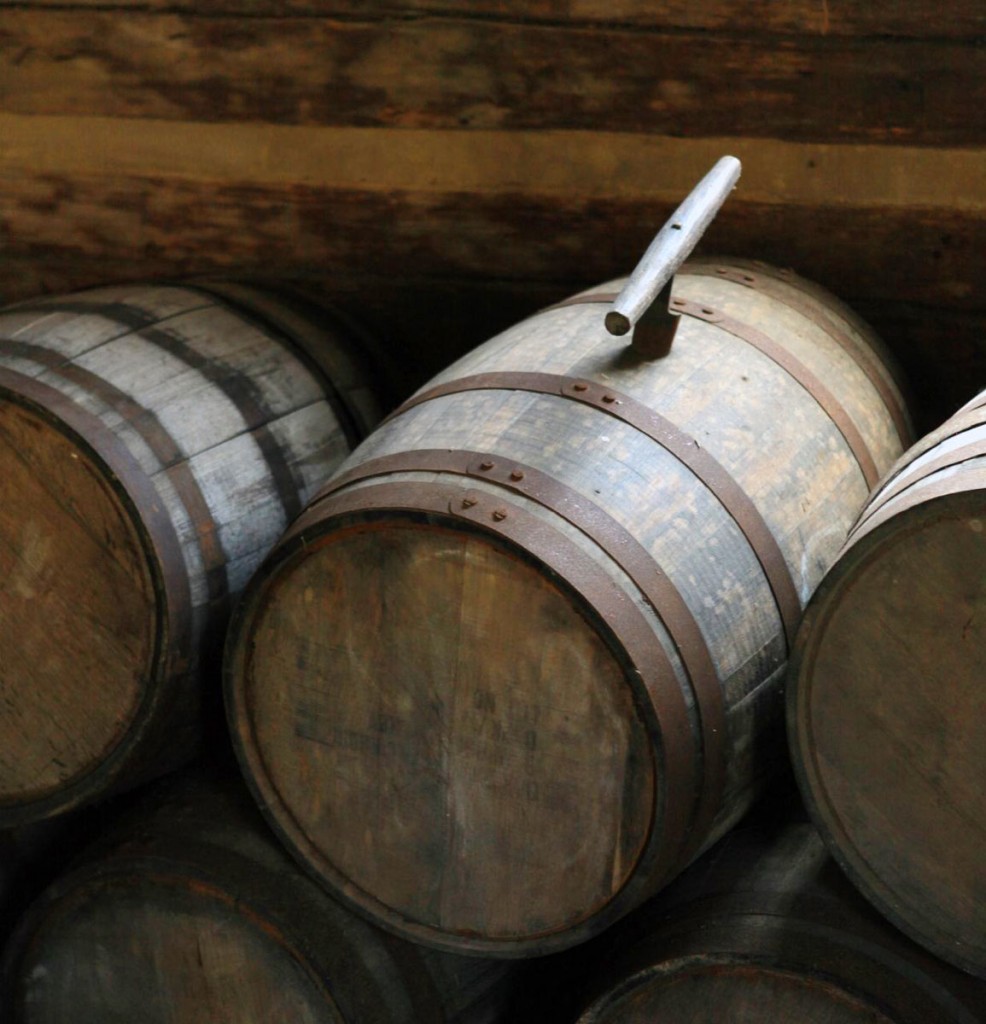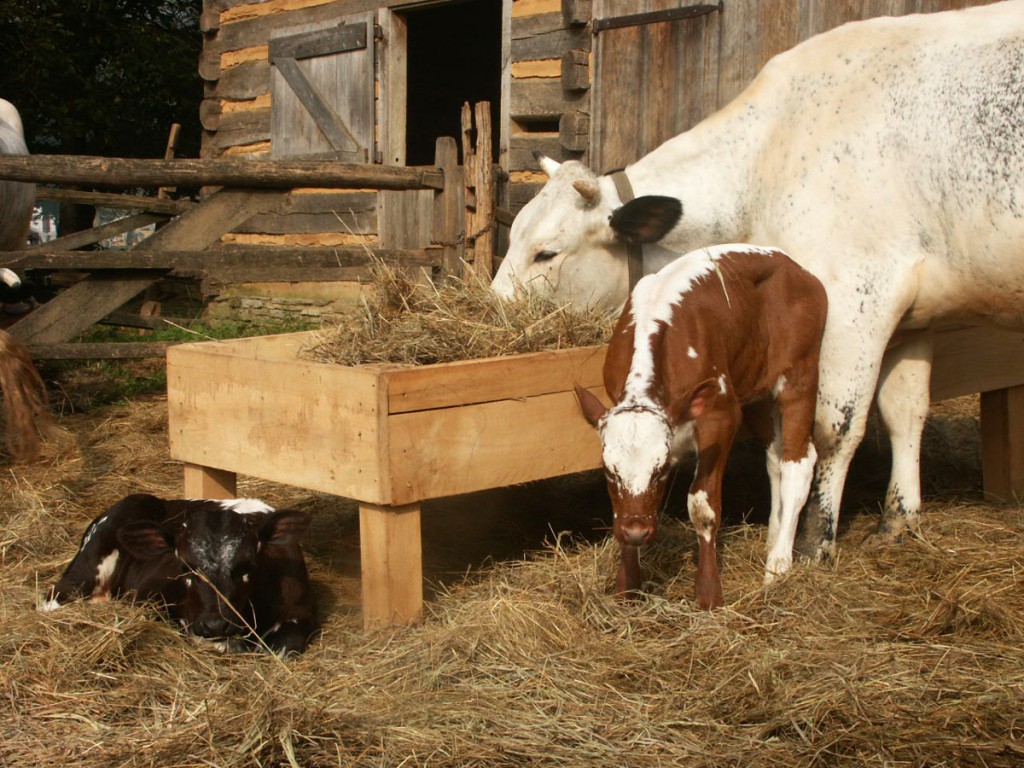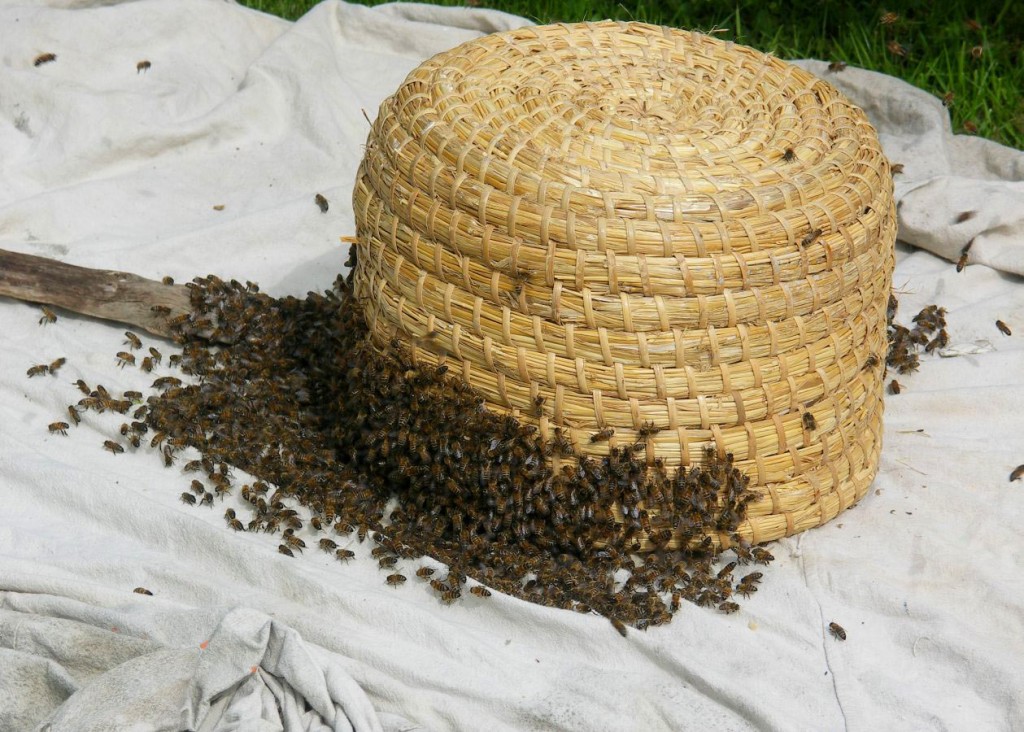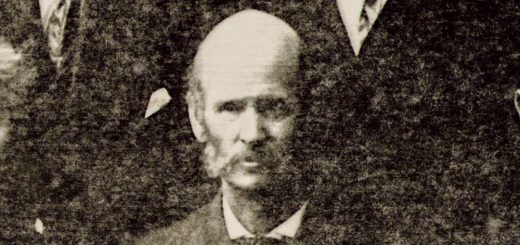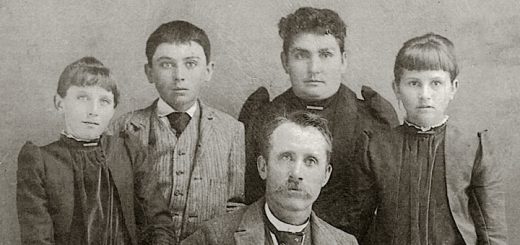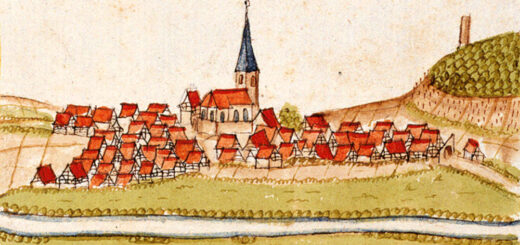Thoughts on Michael Hagenbuch’s Inventory
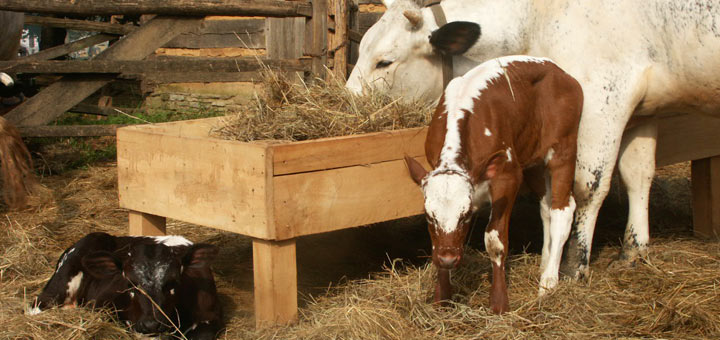
It’s doubtful Michael Hagenbuch (b. 1746, d. 1809) could ever have imagined how much his descendants 200 years in the future would appreciate him neglecting to make a will. Nevertheless, it is as a direct result of this oversight that an inventory of his estate was ordered by a judge, which provides valuable insights into his life. Below are a collection of thoughts surrounding key items found within the document.
Value of the Estate
Michael Hagenbuch’s estate (minus his landholdings) was valued at $2812. Adjusted for inflation, this is roughly equivalent to $60,000 in 2016. While this is certainly not an insignificant sum, it is less than the $200,000 Michael’s father, Andreas (b. 1711, d. 1785), had at the time of his death. This appears a bit odd, given that Michael’s inventory contains substantially more items than his father’s.
One item accounting for the difference is that Andreas had substantially more debts owed to him which were totaled into his estate’s value. Many of these were loans to his own sons Michael and Christian. Perhaps, the repayment of these debts weighed upon Michael’s finances? Additionally, it is known that Michael used some of his money to purchase additional property, growing the total size of the Hagenbuch homestead.
Distillery
Like his father before him, Michael Hagenbuch was in the business of distilling spirits. However, unlike Andreas who was making brandy, Michael appears to have been focused on whiskey. From the inventory list, it is clear that the vast majority of this whiskey was rye and the Hagenbuchs were serious about its production. At the time of his death, Michael had two stills, 120 bushels of rye on hand, and 190 gallons of rye whiskey aging in the barrels.
None of this is surprising for a Pennsylvania farmer in the early 19th century. Rye whiskey was a popular spirit during this time, and it is likely that the Hagenbuchs were selling it to families and taverns in the area. Michael may have even been shipping whiskey to his brother Henry, who ran the Cross Keys Tavern in Allentown, PA.
Linen
There are references in the inventory to “flax linen” fabric and the “tow yarn” used to make linen. There is even a spinning wheel noted that would have been used to convert flax fibers into yarn or thread. Absent, however, is the loom necessary to weave the yarn into the fabric. It is known that Michael’s son Jacob (b. 1777, d. 1842) was a weaver and owned a loom. Therefore, it is probable that the Hagenbuch extended family partnered in the production of linen fabric and textile goods.
Nevertheless, Michael’s inventory shows that he had less linen fabric on hand than his father. This linen also appears to be worth less per yard than his father’s. With U.S. linen and cotton production increasing, prices had probably begun to fall, hinting at why the Hagenbuchs were increasingly focused on the production of other goods like whiskey.
Leather
Michael Hagenbuch’s inventory lists a substantial amount of leather, including “Spanish hides.” Research indicates that Spanish leather was used to describe a high quality leather, similar to that coming from Spain and other places in Europe. This explains why the “Spanish hides” line item was appraised at a higher value than the regular leather and linen noted in the inventory.
Enoch Hagenbuch, the grandson of Michael, described his grandfather as a tanner. This description along with the inventory’s mentions of leather, knives, razors, and “tools for a tanner” help to confirm that the Hagenbuchs ran a tannery operation at the homestead.
Livestock and Foods
From the inventory, it is possible to know the types of animals Michael Hagenbuch had on his farm. These included hogs, cows, heifers, oxen, a bull, sheep, and horses. Some of the animals, like the horses and oxen, would have been used to work the land. Others, such as the cows, hogs, and sheep, were valued for the foods and other products they provided.
Many different animal products are noted with the estate. Butter, lard, tallow, and gammon (a cured meat) are present. So are other types of foods such as cider, oats, wheat, buckwheat, and potatoes. There is even mention of a “beehive with nails” suggesting the availability of honey. The beehive was almost certainly a skep, which is a wicker beehive. In order to transport the skep, it would have been covered with a cloth fastened with long nails to prevent the bees from escaping.
Home Items
There are numerous home goods listed on Michael’s inventory such as earthenware pots and dishes as well as plates, dishes, and spoons made from pewter. Coffee appears to have been a popular drink within the family given the presence of coffee kettles, a mill, and pots. Several pieces of furniture are noted too, including beds, chairs, chests, tables, and a dresser. There is even a musket mentioned.
The inventory lists many books, including the ever-present family Bible. These support the theory that the early Hagenbuchs were literate and valued education. Future generations, such as Michael’s grandson Timothy, would go on to teach school near the homestead.
After assessing the inventory of Michael Hagenbuch’s estate, it is clear that he had done well for himself. In the first decades after Andreas Hagenbuch’s death, the homestead continued to thrive, expanding its distillery operation and adding a tannery. Future articles will continue to explore the items found within Michael’s inventory and examine the meanings, uses, and culture surrounding these.

